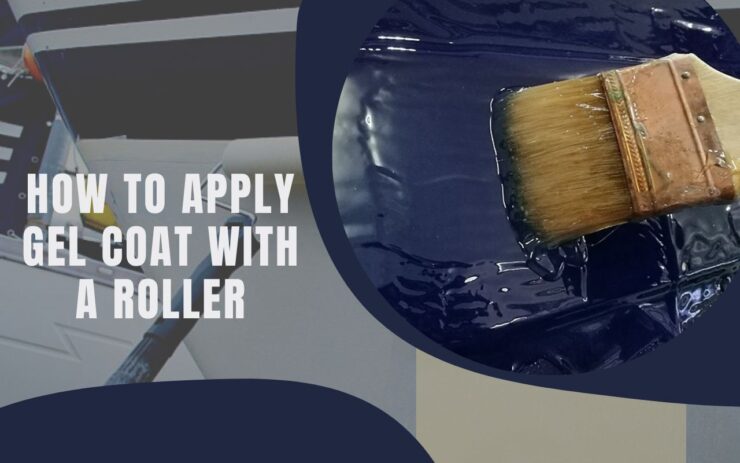Gel coat is the most frequent surface coating used in the production and repair of fiberglass composite items. It is a resin-based finishing compound.
Covering the fiberglass, protecting the boat hull, and enhancing the boat’s color and sheen are its primary functions.
So, gel coating is important for boats and other surfaces.
Are you wondering to apply Gelcoat with a roller?
Yes, you can apply Gelcoat by rolling it on. If you prefer to apply the Gelcoat by rolling it on, select a nap that is resistant to solvents, such as 1/8″ or 14″.
Foam rollers may leave bubbles, so avoid using them. Roll the paint roller over the paint pan’s ridges to remove excess Gelcoat.
To go further about using Gelcoat with a roller, read the following article to know more.
Table of Contents
ToggleWhy Do We Use Gelcoat?
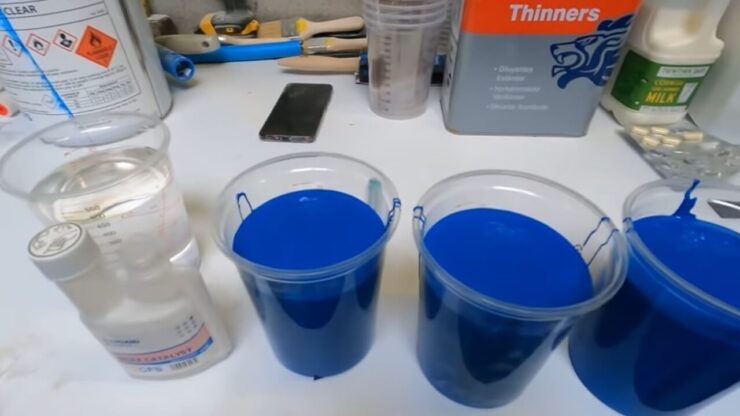
Gel Coat is a specially formulated and manufactured two-part polyester resin.
It is used in the production of a polyester or vinyl ester compound product as the first layer of resin.
Then the first layer of resin is poured into a mold during the manufacturing process.
We do this because our purpose is to provide a thick surface that is not transparent and will completely block the display of the glass’s textured surface.
However, for both protection and a gleaming finish, Gelcoat is often thicker than paint and is applied in layers.
Gelcoat, polyester resin, and fiberglass are often used in the construction of most boats.
Gelcoat is important for making boats. Because Gelcoat prevents or at least slows down the deterioration of the hull that would otherwise be caused by water penetrating it and ultraviolet light.
The Gelcoat cover offers additional protection to the boat against fractures and leakage. Here you can get ideas on what is a scupper on a boat.
Well, it is possible to indulge in properly cured items made of polyester resins or gel coatings in water since these materials are inherently UV resistant.
Gel coat, after it has been allowed to dry, interacts with the fiberglass to form a surface that is smooth and long-lasting.
Types of Gelcoat & Roller
A general-purpose gel coat and a tooling gel coat are the two most common varieties. MEKP is the catalyst in both of these polyester resins.
Tooling gel coat is harder and more rigid, while general-purpose gel coat is gentler and more malleable.
When rolling on Gelcoat, you need a nap that is resistant to solvents and is either 1/8″ or 14″.
Because they create bubbles in their wake, foam rollers are not suggested for use.
However, if you are applying the gel coat by hand, you need to make sure that you use a brush that is resistant to the solvent.
How to Apply Gelcoat
Gel coat preparation instructions for boats, RVs (recreational vehicles), and other surfaces are provided below. We need an adequate gel coat application because our purpose is to achieve a high-quality result.
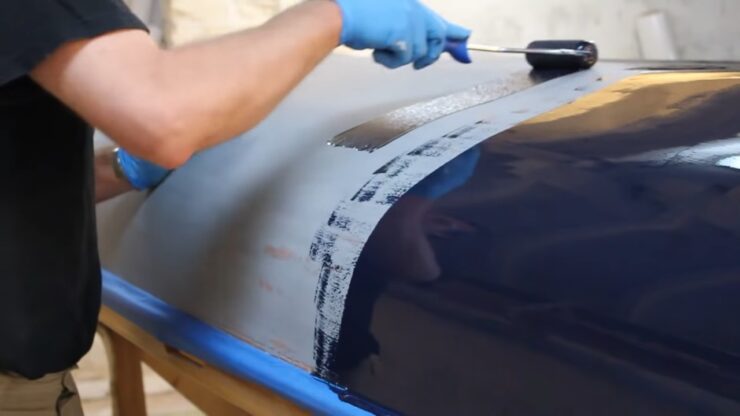
Analyze the Present Surface
First and foremost, analyze the surface to be coated with Gelcoat. A Gelcoat application may be done quickly and easily.
If the surface has already been coated with Gelcoat or if the resin used to coat the surface is fiberglass or polyester.
If the surface has been painted, it is recommended that the paint be removed prior to applying the Gelcoat.
Surface Preparation
It is important to sand the surface to create a better bond with the gel coat. In order to do that, we are going to clean the area thoroughly.
As we need a clean surface, Acetone is an excellent option because it does not leave behind any residue and evaporates very rapidly.
After we have finished cleaning the surface, we may immediately go to the next step.
We will need to give the surface a second cleaning if it is left untouched for a significant amount of time.
As dirt and residue are our adversaries in this situation; thus, we need to be careful while cleaning.
Ready to Apply Gelcoat
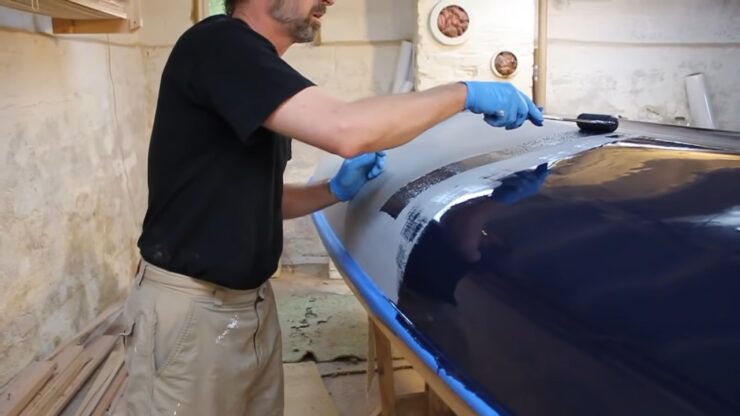
Begin by determining how many Gelcoat coatings you absolutely need. If we’re changing colors, we’ll need at least two coats of Gelcoat.
If this is applied over a fix, we recommend at least two coats to provide a smooth, consistent finish. A single coat will be enough. To get a mirror finish on your boat polish your aluminum boat to mirror finish.
A thin layer of Gelcoat should be applied. We recommend a thickness of 18 mils mil-gauge-2. The cover of a matchbook is around 18 mils thick. We can use a mil gauge to know how thick the material is. A quick and simple technique to measure Gelcoat thickness.
The hardening mechanism of Gelcoat is activated by Methyl Ethyl Ketone Peroxide, more commonly known as MEK-P. It’s a pittance. 1-1/4 percent to 1-1/2 percent volume, or 13-15ccs per quart, would be our recommendation.
Application Method Using a Roller
The next step is to decide how you want to apply your Gelcoat: brush, roll, or spray it. It’s possible to use the gelcoat by rolling it on, like paint, or by spraying it onto the surface.
Assuming you’d want to go with a roller for this. Use a 1/8″ or 14″ solvent-resistant nap while applying Gelcoat with a roller. Foam rollers may leave bubbles, so avoid using them. Using a solvent-resistant brush to apply the gel coat is recommended.
We can use a Gelcoat roller to apply Gelcoat on fiberglass. As boat shading requires a little bit more catalyst, so we may catalyze up to 2%.
Tips
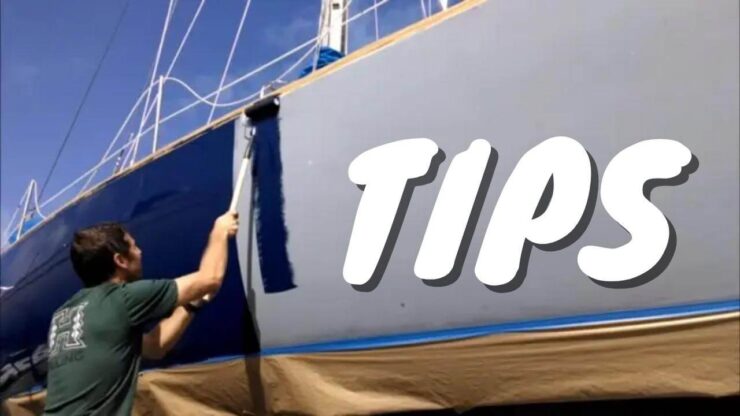
- Avoid working in direct sunlight.
- Before applying Gelcoat, clean the repair area and any instruments with acetone.
- Effectively assess the catalyst. It will take longer to cure and seem chalky or faded if the gel coat is under or over-catalyzed.
- Before applying, make sure the color is right. When the Gelcoat dries, it will not change color. After getting dry, the hue is the same as when wet.
- Without a surfacing agent or the second layer of Polyvinyl alcohol (PVA), Gelcoat will not completely cure.
- Do not use Gelcoat on top of anything painted, metal, or concrete. The majority of the time, it won’t stick to these surfaces
- Use protection for your eyes and hands at all times.
- Read all product labels for cautions and only use the additives that are suggested for each product.
The “roll and tip” approach is the most popular way of Gelcoat application.
Applying paint with a roller and using a brush to distribute it and erase the roller markings is known as “tipping off.”
Having two individuals working side-by-side is the ideal way to do this.
FAQ

Is it possible to apply a new Gelcoat over the existing Gelcoat?
Yes, to begin with, ensure the surface is clean. If you were to use the window frame example again, you wouldn’t just paint over an old coat of paint without sanding it down first.
What’s the best way to smooth off Gelcoat?
Use a regular orbit sander to sand big fiberglass surfaces, like a boat hull. Sanding the fiberglass smooths the Gelcoat. Rub fiberglass with a rubbing compound. Wipe away dust after sanding.
How thick is the Gelcoat on a boat?
If you’re going to use a thicker coating on your boat, you’ll need to apply it at a thickness of 0.3-0.7 millimeters during molding.
How long should you wait between coats of gelcoat?
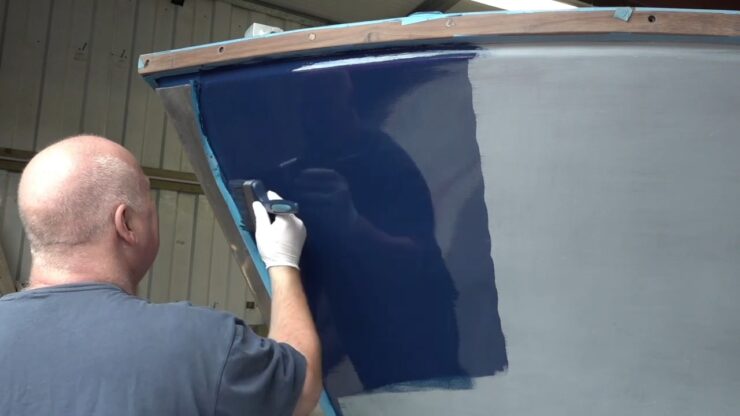
This process is important in ensuring that the gelcoat will be able to resist water damage and other degradation.
According to the National Marine Manufacturers Association (NMMA), you should wait between coats of gelcoat until the previous coat has completely dried.
If you are using a two-part system, you should allow 24 hours between applications.
If you are using a one-part system, you should allow 48 hours between applications.
Verdict
We are hopeful that we have answered all the information you were looking for regarding Applying Gelcoat With A Roller?
You may considerably boost your chances of a fruitful task by following the processes and instructions indicated above.
Have a nice day with great success in applying Gelcoat with a roller on your required surface.
I’m Liam Jackson, the proud owner and driving force behind KayakPaddling.net. Born somewhere in the expansive beauty of the United States, I’ve nurtured a lifelong passion for kayaking and fishing that has led me to explore the far corners of our nation’s waterways.
Related Posts:
- Heavy Duty Fishing: 11 Best Rods And Reels For Big Fish 2024
- 16 Best Kayak For Beginners 2024 - Kayaking Adventure Gear
- 12 Best Beach Wagons & Carts 2024 - For All-Terrain
- 20 Best Inshore Spinning Reels 2024 - Capturing All…
- 10 Best Saltwater Fishing Boats - Ultimate Angling Adventure
- 10 Best Fish Finders Under $200 2024 - Top Affordable Picks

